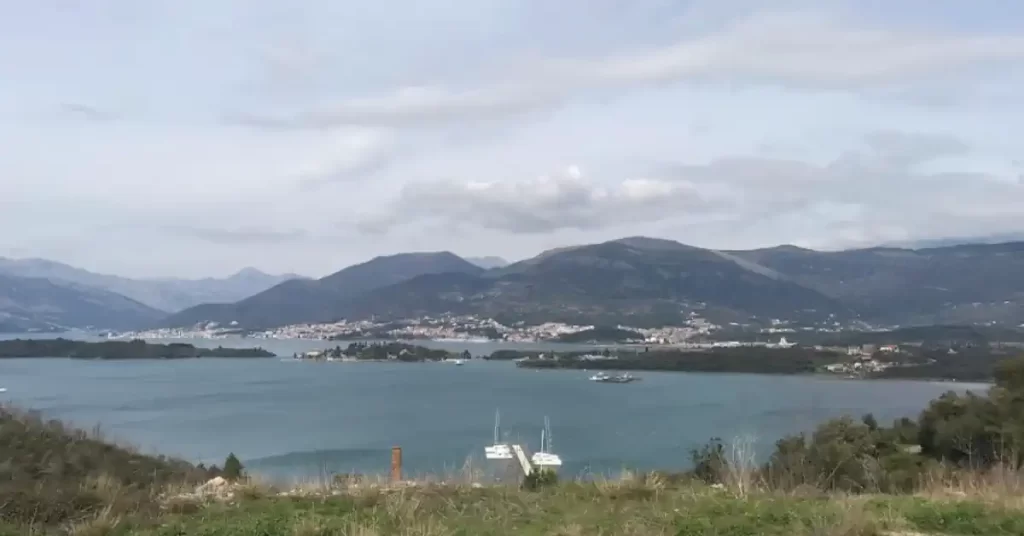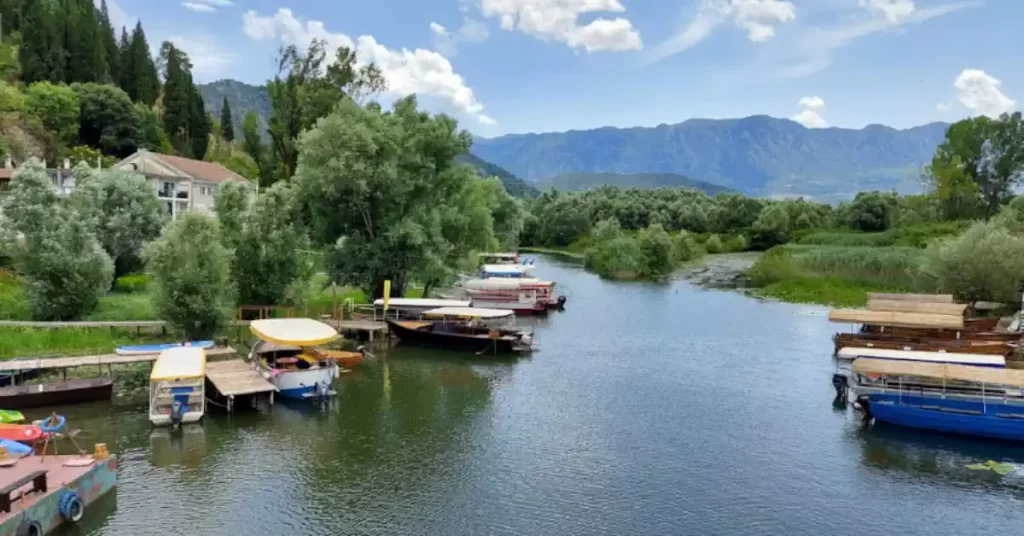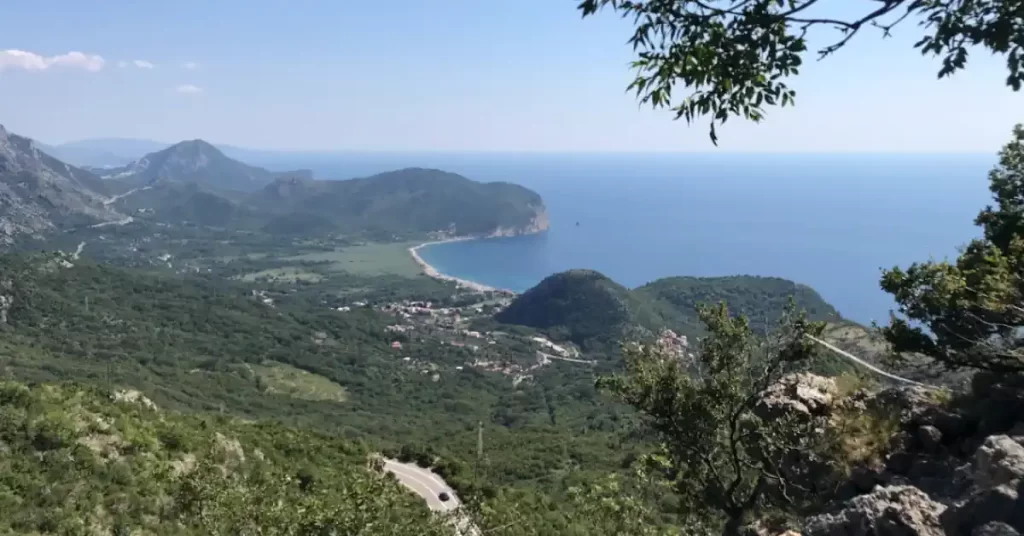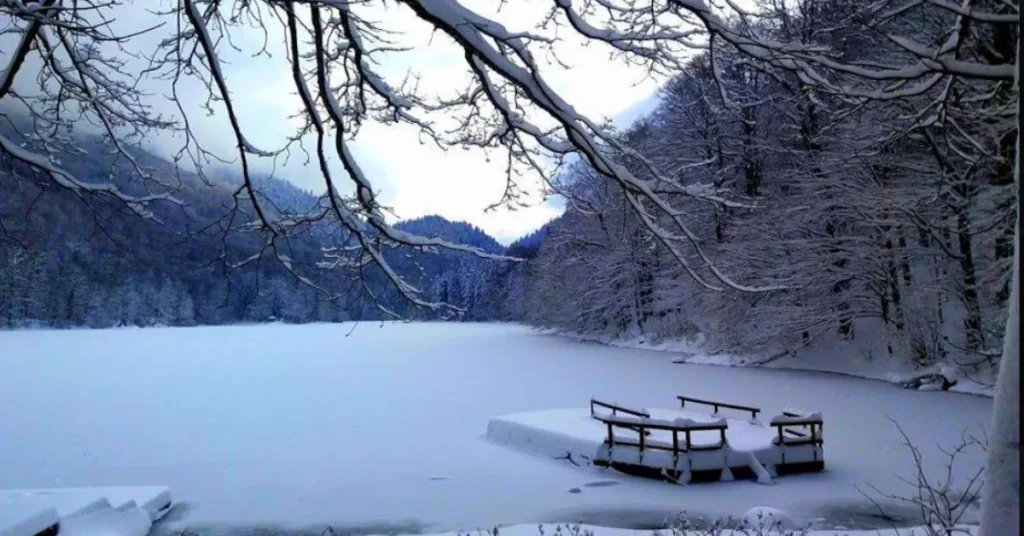Adriacom I Business Services & Immigration
Montenegro Awaits - Let's Make it Yours.
Birdwatching in Montenegro
Montenegro is a fine bird-watching destination and is largely unexplored. Sitting at the Adriatic Flyway between Europe and West Africa, this tiny Balkan country is a crossroads for over 350 species of birds. There are some striking places to come birdwatching in Southern Montenegro, including the Solila Nature Reserve in Tivat, the wetlands of Skadar Lake, and the salt pans of Ulcinj.
Lake Skadar is one of the few nesting sites for Dalmatian Pelicans – heavy seabirds weighing more than 20 pounds on average and infamous for their relentless stare that some describe as fear-inducing. These pelicans have almost become extinct in the 2000s but here in Montenegro, their population increased to at least 300 healthy birds.
Lake Skadar is the largest lake in the Balkans, straddling the natural land borders between Montenegro and Albania. It’s paradise.

Solila Nature Reserve
The Solila Nature Reserve close to Tivat is an important coastal wetland and listed as a Ramsar Site. It’s a birder’s paradise, especially during bird migration.
The Skadar Lake is protected under the Ramsar Convention as a ‘Wetland of International Importance’ and sits between Bar and Podgorica; it certainly is an up-and-coming destination for birdwatching tourism. Many conversation measures have been undertaken in previous years, including building floating nests, to make the bird populations strive again and protect them from human interaction and predators.
Pelicans have settled to roost on the shores of Lake Skadar for a long time; ornithologists recorded the first birds here at the end of the 19th century. The best time to spot them is in late May and June. This is when the lake is not too shallow yet and when pelicans go out to fish and feed close to Virpazar, the lake’s major settlement.
There are a couple of local tour operators offering boat and eco-friendly kayak trips to the pelican nesting sites all the while keeping a safe distance to not scare them away. The available birding tours don’t exclusively focus on Pelicans though; many more bird species use the national park as a breeding ground or transitory spot on their way to Africa and back.
Great Egrets and Eurasian Coots are resident birds present all year round, along with Great & Pygmy Cormorants, and Western Marsh Harriers. You can see the autumn migration in September when millions of birds fly over the lake to warmer African climates. Some birds come just to winter here such as the Common Starling, the Eurasian Wigeon, and the White-Eyed Ferruginous Duck.

The Skadar Lake
The Skadar Lake is the largest lake on the Balkan Peninsula and also an important breeding site for many bird species, including the Dalmatian Pelican.
Beside the Skadar Lake, there are more bird-watching spots in Montenegro, most notably the Solila Nature Reserve in Tivat and the Ulcinj Salina – two former salt pans. Despite being only a short distance from the holiday resorts and airport of Tivat, the Tivat Solila is home to substantial colonies of Grey Herons, and Little & Great Egrets, as well as being a stopover for many migratory birds during bird migration in spring and autumn.
Around 180 bird species, some 50 percent of those recorded in Montenegro, have been spotted here, including storks, cranes, and flamingos. You’re likely thinking that the period from April to June and September through October is the best time for birding, after all, the weather is beautiful and there is an abundance of travelling birds.
And you are absolutely right, consider coming during these times of the year and early in the morning to significantly increase your chances of spotting or photographing some of the endemic or migratory species. Interestingly enough, another former salt pan on Montenegro’s southern coast – close to Ulcinj – has transformed itself into one of the country’s most important wetlands reserves.
The Ulcinj Saltpans (Ulcinj Salina) permanently stopped operations in 2013 and it did not take long before a large number of water birds discovered the 1,500-hectares-measuring Salina as an important breeding, resting, and overwintering site. The tranquil, flat waters of the Ulcinj Salina are a haven for Dalmatian Pelicans who come here from August to November in flocks of 50 and whose numbers have been slowly increasing.
Besides the Skadar Lake which finds itself just 10 kilometers northwards, the Salina in Ulcinj is arguably one of the best locations in Europe to observe and photograph these remarkable birds against a stunning backdrop of mountains and beautiful wetlands. This locale is also known as a popular wintering ground for flamingos who come here during the late autumn and winter months from Spain and Africa.
These amazing birds with their unique bright pink feathers love to travel in large flocks of hundreds of birds and virtually everywhere during the colder months with number counts in the low thousands. Aside from pelicans and flamingos, the Eurasian spoonbill and the Black-Winged Stilt are regular visitors to the Salina which has been listed as a Ramsar site in 2019.
There are some other nearby places to come birdwatching close to Ulcinj, including the floodplain meadows along the Bojana River and its delta wetlands and Sasko Lake which is designated as an Important Bird Area by BirdLife International. It is a breeding habitat for the water rail, the little tern, the Eurasian coot, and the common moorhen.
The area around Long Beach and Ada Bojana is an important breeding ground for many bird species such as pygmy cormorants, spoonbills, little egrets, and squacco herons who enjoy little to no human interference in the forests, wetlands, and grasslands backing up the coastal stretch.

Buljarica
Cormorants, haws, falcons, and other sea birds call the coastal wetlands around Buljarica Beach home or pass through here during bird migration.
Further up the coast close to Petrovac lies Buljarica Beach, a mostly untouched beach with adjacent wetlands which are important retreats for kestrels, including the common kestrel, the levant sparrowhawk, the sea falcon, and the Lanner falcon. Many songbirds such as the beautiful kingfisher, the rock nuthatch, and the middle spotted woodpecker call this quaint stretch of coast home, too.
Another often-overlooked birdwatching area centers around Mount Durmitor and the Durmitor National Park, an extensive reserve that measures 39,000 hectares and is under UNESCO protection. The area is characterized by a large number of breeding birds, including the Golden Eagle, the Short-Toed Snake Eagle, the rare Peregrine Falcon, and the Boreal Owl.
Birders are often surprised by the sheer number of feathered creatures that live permanently or part-time in the mountain ranges, canyons, and national parks of Montenegro, and even more so when they discover a species normally not found this far south. Among others, expect to spot Rock Partridges, Western Capercaillies, and the black, red, and white-spotted Wallcreeper in the Tara Canyon.

Biogradska Gora
The Biogradska Gora National Park is listed as a UNESCO Biosphere Reserve and boasts a rich forest ecosystem that is home to many bird species.
Just as tourists and adventurers return to the Prokletije National Park and the Biogradska Gora National Park to kick off the summer season, thousands of birds also move in to nest and breed in Montenegro’s craggy mountains. Birdwatchers here regularly catch sight of larger birds of prey such as the European Honey Buzzard, eagles, and falcons as they pass through the mountains.
Lake Plav finds itself very close to the Prokletije National Park, straddling the border between Montenegro, Kosovo, and Albania. It is the largest glacial lake in Montenegro, providing rich feeding grounds for waterbirds such as Mallards, Eurasian Coots, Little Egrets, and Great Crested Grebes.
The best spot in Montenegro to see migrating birds is probably the Ulcinj Salina. If you plan to visit during the breeding season instead, concentrate your efforts on the mountainous regions of the Durmitor National Park and the wetlands around the Skadar Lake. If you are a serious twitcher, do not forget your binoculars, scopes, and cameras.

Durmitor National Park
Discover one of Montenegro’s best-kept secrets – the Durmitor National Park, a large reserve covering 390 square kilometers and home to many bird species.